Blog
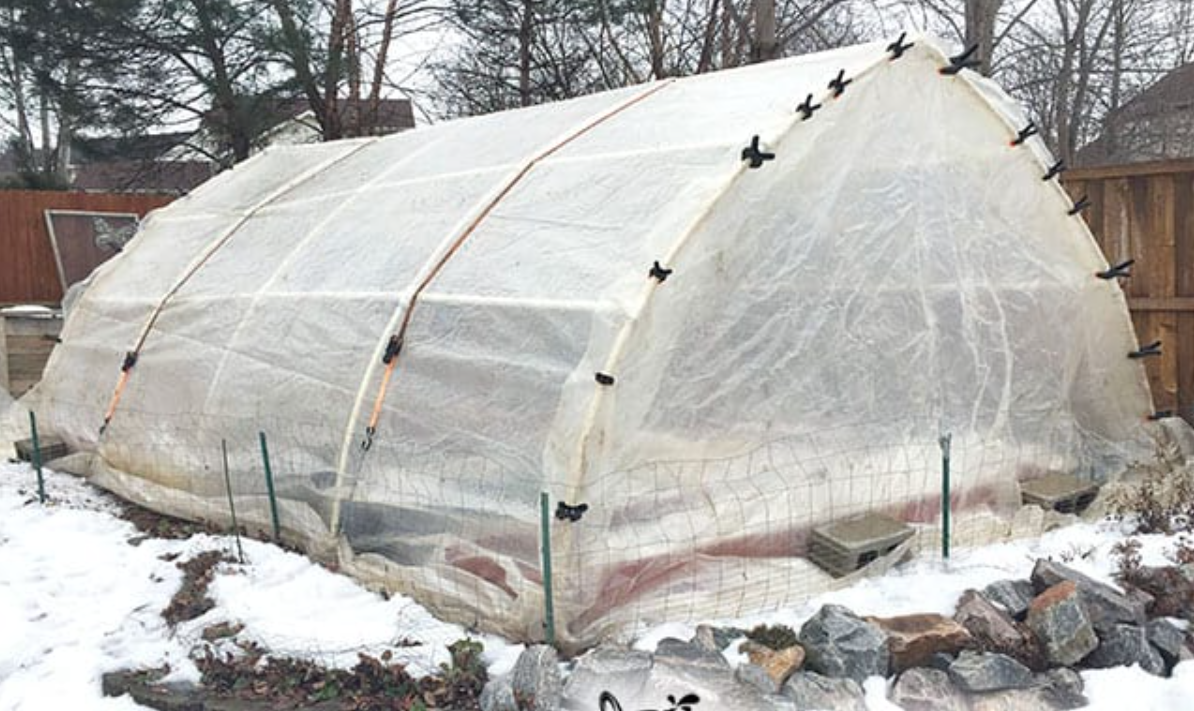
You don’t need a contractor, specialized tools, or a big budget to build a functional greenhouse. In fact, some of the most effective backyard greenhouses are made from ordinary, inexpensive materials that many people already have lying around. With a little planning and a free afternoon, you can create a structure that extends your growing season, shelters your seedlings, and gives your garden an entirely new level of productivity. Start With a Simple Frame The heart of any greenhouse is the frame. You can create one using materials most homeowners already have: scrap lumber, PVC pipe, conduit, old pallets, or even cattle panels if you happen to have them. For a beginner-friendly build, 1x2 or 2x2 lumber strips are often the easiest to work with. Construct a rectangular base using screws or nails, making sure it’s square and stable. From there, build vertical supports on each corner and connect them with horizontal crosspieces. The goal isn’t perfection—it’s stability. PVC pipe is another excellent option because it’s lightweight, flexible, and easy to bend into arches. Simply drive short pieces of rebar into the ground, slip the PVC over them, and bend the pipe across to form a hoop. Repeat this every few feet until you have a row of hoops forming a tunnel shape. Choose a Covering You Can Afford The covering is what transforms a frame into a true greenhouse. The most common budget-friendly covering is clear plastic sheeting—often the kind sold at hardware stores for painting or temporary weatherproofing. Six-mil plastic holds up well and allows plenty of light in. You can staple it to a wooden frame or clamp it to PVC using inexpensive plastic clips or even clothespins. If you prefer something sturdier, repurposed old windows or patio doors can be turned into beautiful greenhouse walls. A window-frame greenhouse takes a little more measuring, but the results are incredibly charming and durable. Many gardeners collect free windows from local classifieds or salvage yards and build their greenhouse one weekend at a time. Secure It Against Wind and Weather A greenhouse made from lightweight materials needs to be anchored. For wooden bases, tent stakes, ground screws, or even heavy rocks at the corners can keep everything in place. For hoop-style PVC structures, burying the edges of the plastic or weighing them down with boards or bricks works surprisingly well. Inside, you can create simple raised beds from scrap lumber or set pots directly on the ground. Either approach works, and the beauty of a DIY greenhouse is that the layout can change as your garden grows. Add Simple Ventilation Even small greenhouses heat up quickly, so don’t forget ventilation. Leaving the door propped open on warm days or cutting small flap-style vents in the plastic works fine. If you’re using old windows, hinge one or two so they can swing open. Grow More, Spend Less A homemade greenhouse doesn’t have to be fancy. With everyday materials, you can create a warm, protected space that extends your growing season and boosts your self-reliance—without draining your wallet. The key is to build something sturdy enough to last and simple enough that you’ll actually use it. Self-reliance isn’t built by buying gear—it’s built by using what you already have.
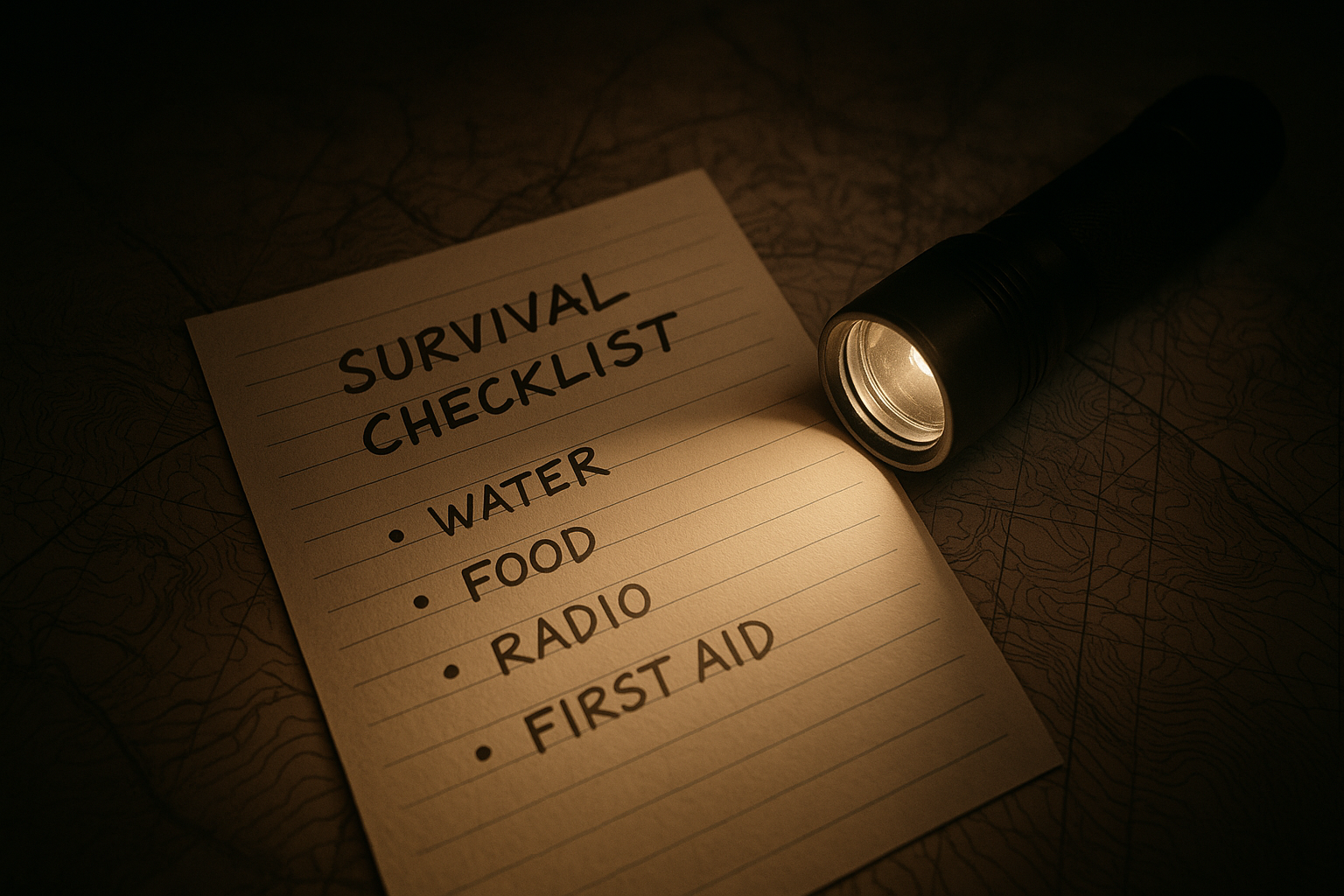
You can’t Google your way through the first three days of collapse. Most people who think they’re “ready” picture the long game—six-month stockpiles, solar setups, and shelves full of food. But the truth is, most don’t make it that far. The first 72 hours after a major disruption break more plans than the next six months combined—and it’s rarely because of gear. It’s because of people. It’s Not About What You Have—It’s About What You Do In those first three days, adrenaline surges, information dries up, and every assumption you made gets tested. You may have batteries, radios, and supplies, but if you haven’t rehearsed the first moves, you’ll spend precious hours just deciding what to do next. Decision paralysis is real. Hospitals overload. Roads clog. Communications drop. The average person doesn’t “rise to the occasion”—they default to their lowest level of preparation. And if your only plan exists on paper, you’ll be reading while someone else is acting. Why Mental Rehearsal Matters Preparedness isn’t just logistics—it’s psychology. Military, aviation, and emergency response teams drill because under stress, clarity collapses. The same principle applies at home. Knowing how to start the generator, refill the gravity filter, or contact a neighbor without thinking isn’t luck—it’s muscle memory. Run a dry drill. Turn off your main breaker for a night. Cook from stored food. Test the radio. The goal isn’t comfort—it’s exposure. You’re training your mind to stay calm when normal vanishes. Community Is the Hidden Variable Even the best individual plan cracks in isolation. Neighbors are your first network—your early warning, your medical aid, your shared security. Build those relationships now. Swap radio frequencies, share skills, walk each other’s terrain. In my upcoming book, The Ridge Plan, the first 72 hours separate the overwhelmed from the organized—and the organized are never alone. The Takeaway Supplies keep you fed. Training keeps you alive. When systems fail, you won’t have time to think your way through confusion—you’ll act from what you’ve practiced. Those who’ve built trust, rhythm, and readiness before the crisis are the ones still standing when the dust settles. So before you plan for six months, prove you can handle three days.
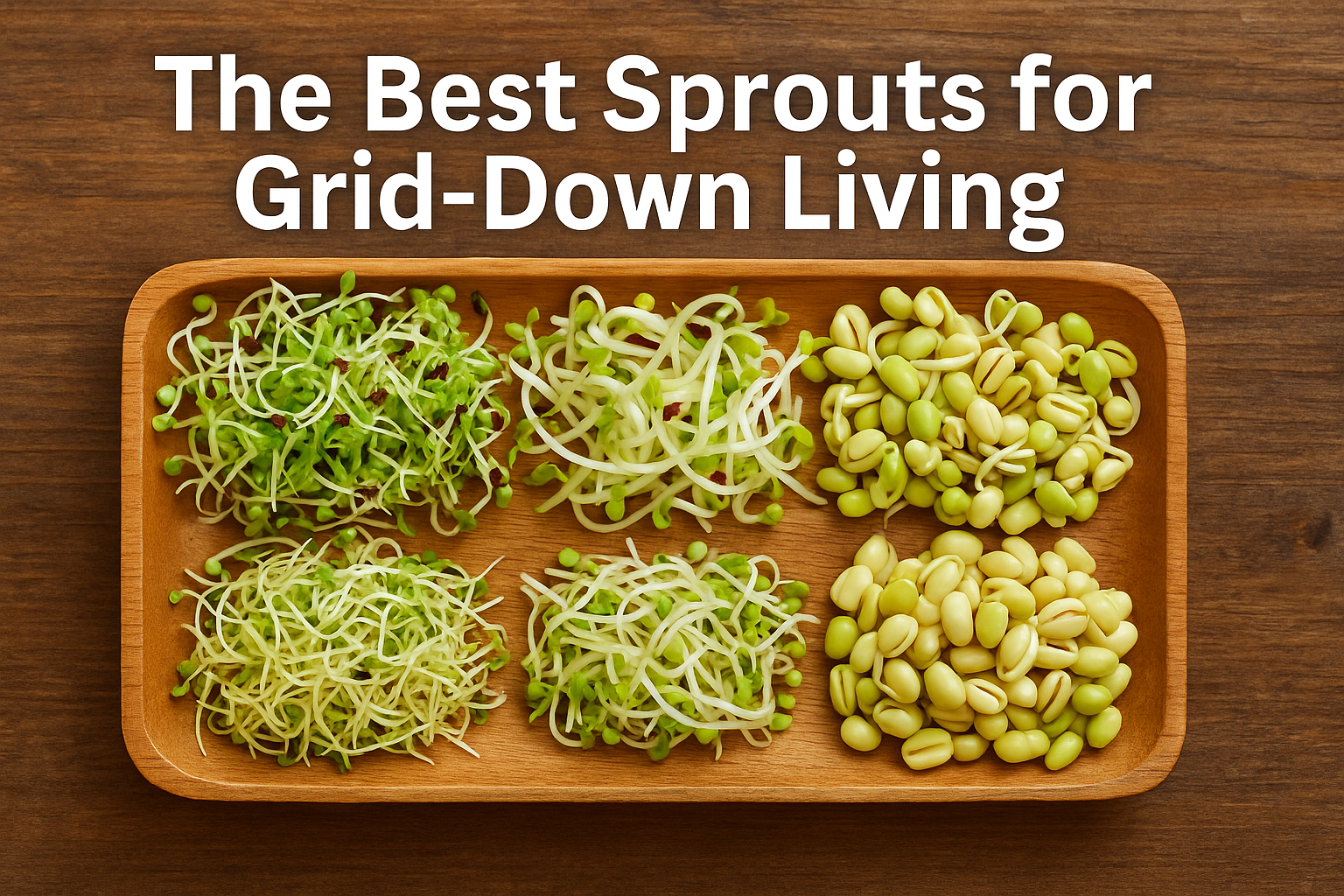
In yesterday's post, “When Fresh Turns Scarce,” we explored how fragile our access to greens becomes when the supply chain breaks. The takeaway was simple: in a long-term disruption, calories keep you alive — but micronutrients keep you strong. This week, let’s move from theory to practice. If your pantry is stocked with beans, rice, flour, and dehydrated foods, the next upgrade isn’t another #10 can — it’s a few pounds of sprouting seed and a clean quart jar. Why Sprouts Are the Smartest Fresh Food Backup Sprouting works anywhere. No soil. No grow lights. No dependency on weather or season. In less than a week, dry seeds become crisp, edible greens with the vitamin density of a full salad — and they regenerate as long as your seed supply holds. That means one 10-pound sack of sprouting seed can feed you fresh produce for months. More importantly, sprouts give your body what dehydrated staples lack: Vitamin C to prevent fatigue and bolster immunity Vitamin A and K to support vision, bones, and blood health Calcium, magnesium, and iron for muscle and nerve function Antioxidants that fight oxidative stress — vital in high-stress survival settings The Top Five Sprouting Seeds for SHTF Nutrition Broccoli Sprouts – The Powerhouse Fast-growing and loaded with sulforaphane, a detoxifying compound that supports immune and cellular health. Slightly tangy, easy to mix with others. Kale Sprouts – The All-Around Performer Offers vitamins A, B, C, E, and K along with calcium, iron, and zinc. Grows in about 5 days and adds a mild, earthy flavor. Radish or Mustard Sprouts – The Flavor Boosters Sharp, peppery greens rich in vitamin C. Sprout fast and add variety when everything else tastes like beans and rice. Alfalfa and Clover Sprouts – The Reliable Base Mild flavor, consistent results, and an excellent source of vitamins K and C. Ideal for mixing with stronger varieties. Mung Bean or Lentil Sprouts – The Protein Edge Hearty, filling, and slightly nutty. Not as vitamin-rich as the brassicas but valuable for texture and protein balance. A balanced mix — half brassicas (broccoli, kale, radish) and half mild fillers (alfalfa, clover, mung) — keeps nutrients diverse and flavor rotation simple. Storage and Sanitation in a Low-Resource Setting Store seeds dry and cool — sealed in Mylar with oxygen absorbers. Rinse with clean water twice daily , ensuring good drainage and airflow. Avoid standing water ; sprouts should stay moist, not submerged. Cycle batches — one jar growing, one ready to harvest, one soaking. If the grid stays down, sprouting remains sustainable for as long as you can maintain clean water. It’s the closest thing to renewable nutrition you can pack in a bucket. Reader Takeaway The characters in The Ridge Plan learned that survival isn’t about stockpiling—it’s about systems. Sprouting is one of those quiet, self-sustaining systems that turns planning into resilience. Start now, while water still runs and shipping still works. A small bag of seeds today can become your most dependable fresh food source when everything else runs out.
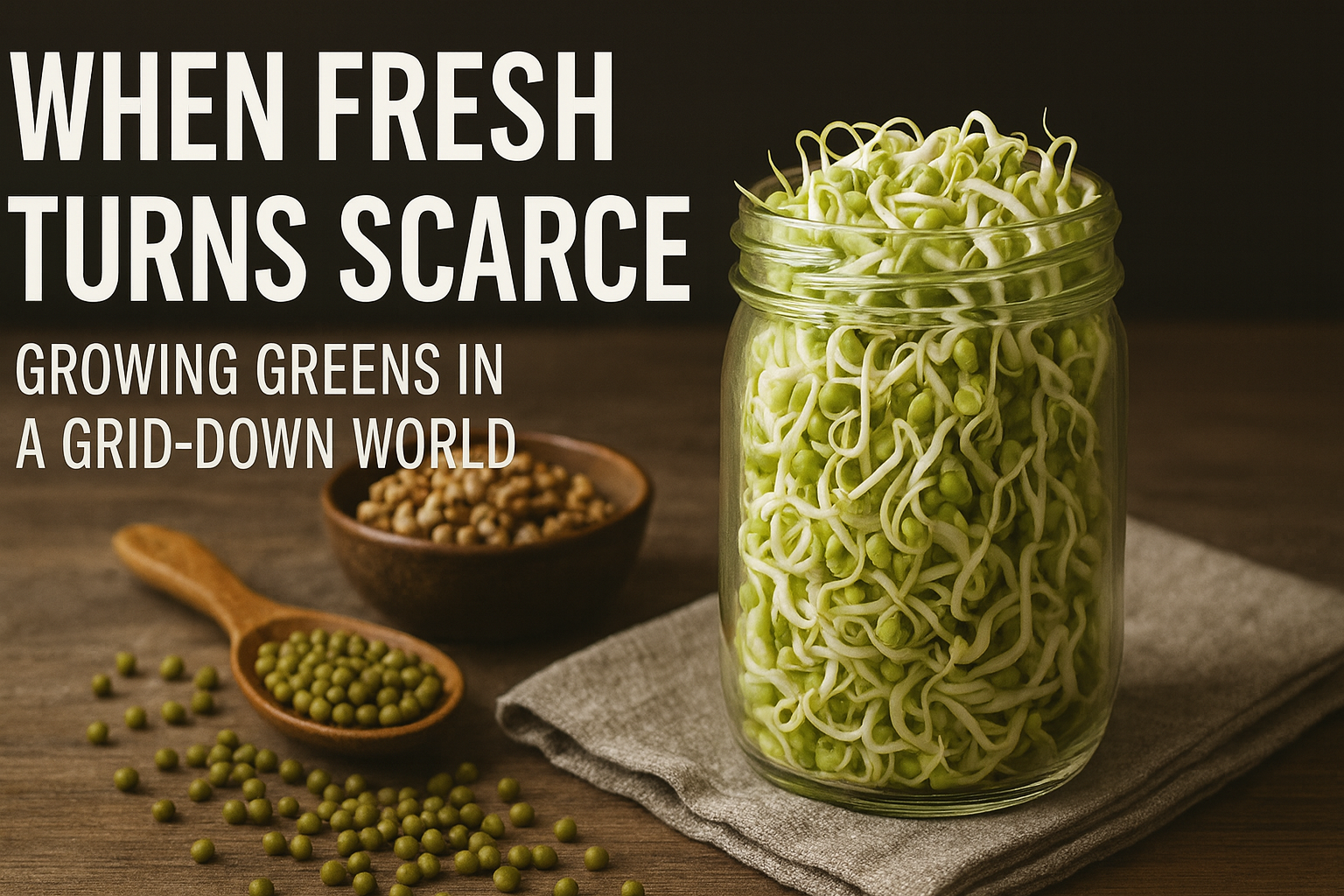
When people imagine long-term survival, most think of rice, beans, and canned goods stacked in tidy rows. But in any extended disruption—whether it’s a regional blackout or a full-scale SHTF collapse—the first thing to vanish from diets isn’t calories. It’s freshness. Leafy greens and vegetables are difficult to store long-term. Their shelf life is short, refrigeration is unreliable once the power fails, and traditional gardening may not be possible if seasons, soil, or security conditions turn against you. The body can survive for months on dry staples, but over time the lack of fresh nutrients—especially vitamin C, folate, and certain enzymes—starts to take its toll. Fatigue sets in. Wounds heal slower. Morale dips. What we miss most isn’t the luxury of flavor, but the vitality that comes from something alive on the plate. That’s where sprouts come in. Sprouting is one of the simplest, most space-efficient ways to grow fresh food indoors. A handful of beans, seeds, or lentils can transform into a nutrient-dense crop in less than a week—no sunlight, soil, or electricity required. All it takes is a quart-size jar, a mesh lid or piece of breathable cloth, and clean water. The process is almost foolproof. Measure a few tablespoons of mung beans, lentils, or broccoli seeds into the jar and soak them overnight. In the morning, drain the water, rinse, and set the jar upside down at a gentle angle to allow air circulation. Rinse and drain twice a day. Within three to five days, the seeds burst to life, producing crisp, edible greens packed with vitamins, amino acids, and enzymes that weren’t available in the dormant seed. Sprouts bridge the gap between stored calories and living food. They require no power draw, no grow lights, and virtually no maintenance. In tight quarters—basements, RVs, or safe rooms—they thrive. During The Ridge Plan’s fictional collapse, this small act of cultivation could mean the difference between survival and decline. A quart jar of sprouts beside a pot of rice and beans transforms a ration into a meal. It’s a lesson in sustainability and morale alike. For anyone building their own resilience plan, stock a few pounds of sprouting seeds alongside your dry staples. They’re light, inexpensive, and have a long shelf life when stored in cool, dry conditions. Mung beans, alfalfa, broccoli, lentils, and radish are all excellent choices—each offering a different nutrient profile and taste. Preparedness isn’t just about calories—it’s about continuity of health. Sprouts deliver that bridge, quietly and reliably, even when the world outside has stopped growing.
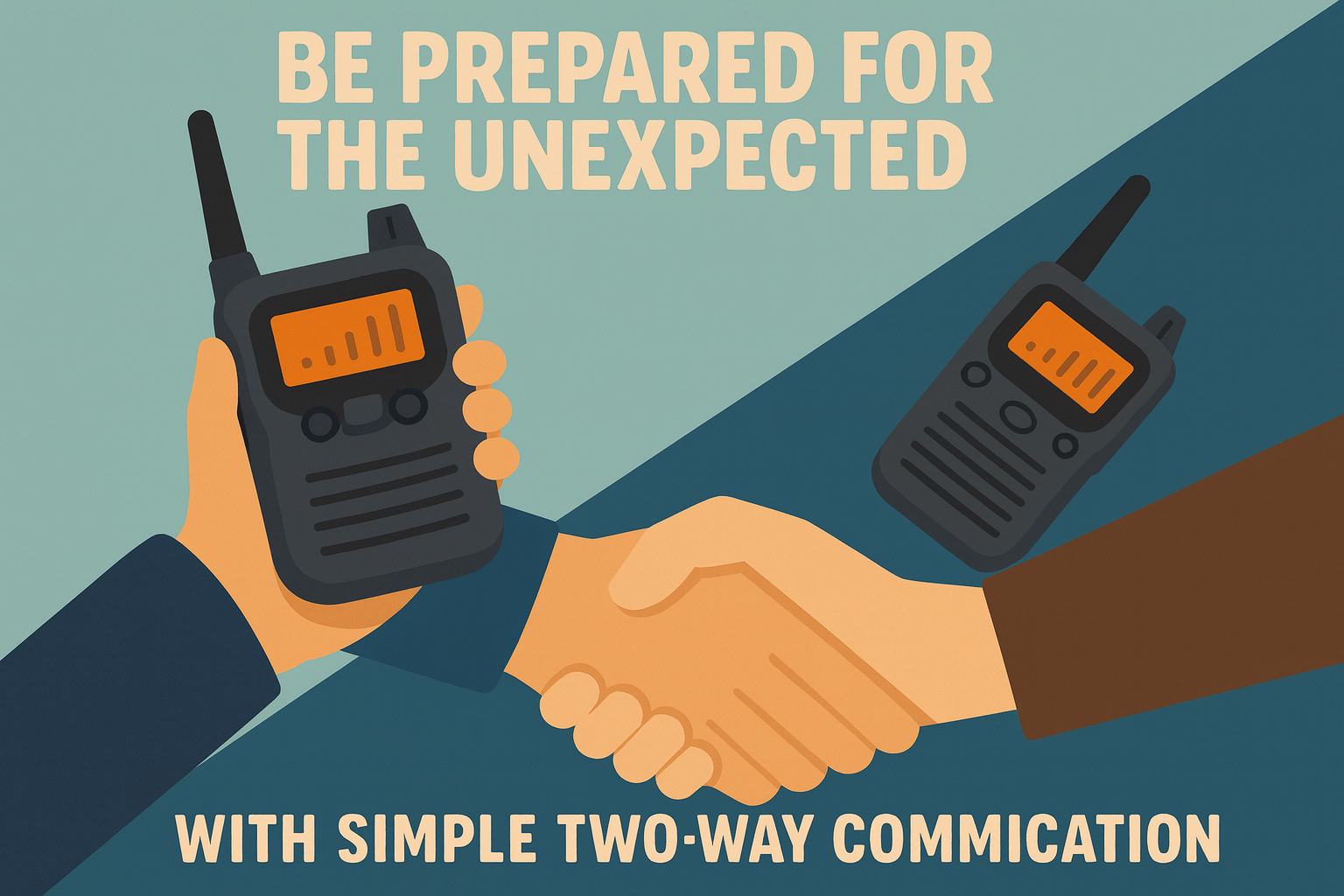
When the lights go out, the first thing most people reach for is their phone. But when cell towers die too, that connection vanishes—leaving silence where communication used to be. In a true power or infrastructure collapse, the most valuable thing you can bring to the table isn’t just food, fuel, or even a generator—it’s a rapport with your neighbors . Knowing who lives around you, who has medical skills, tools, or common sense can mean the difference between confusion and coordination. That’s a key thread in The Ridge Plan. In Chapter Two, Rick Fagan visits his neighbor Pete Lewis after the first full day of the outage. There’s no cell signal, no internet. Just two regular people, realizing they’ll likely depend on each other. Pete notices Rick’s handheld radio (a basic Midland FRS two-way). They take a minute to agree on a channel and a privacy code—and that simple act becomes the backbone of their later ridge-wide communications network. You don’t have to be a licensed ham operator to do something similar. A pair of affordable FRS radios, a few fresh batteries, and a shared channel plan is enough to bridge the silence when everything else is down. Yes, Midland radios have limitations. Their range diminishes with terrain, trees, and obstacles. Battery life can be a drag under heavy use. Specs that claim ten or twenty miles often only apply under ideal conditions. But for neighbor-to-neighbor in a rural area? In many real-world tests, users report clear communication over a mile or more in open settings. Start now: walk the block, introduce yourself, swap contact info, pick a testing time and a radio channel, and try it. Because when the grid goes dark, your people within walking distance are your only network. And a little forethought can turn silence into connection.
